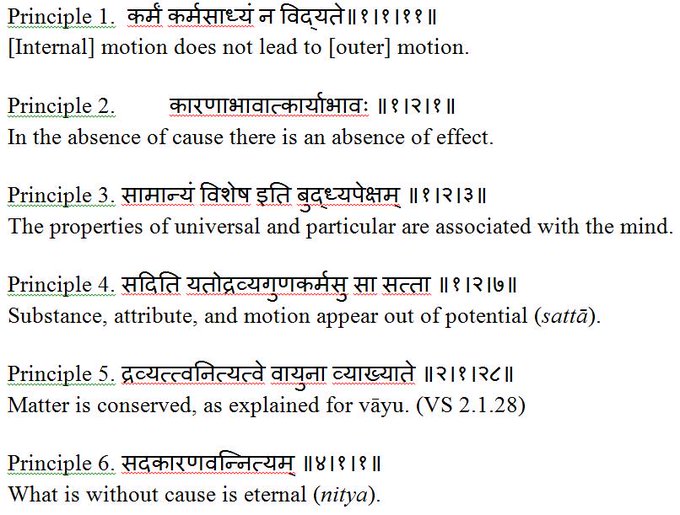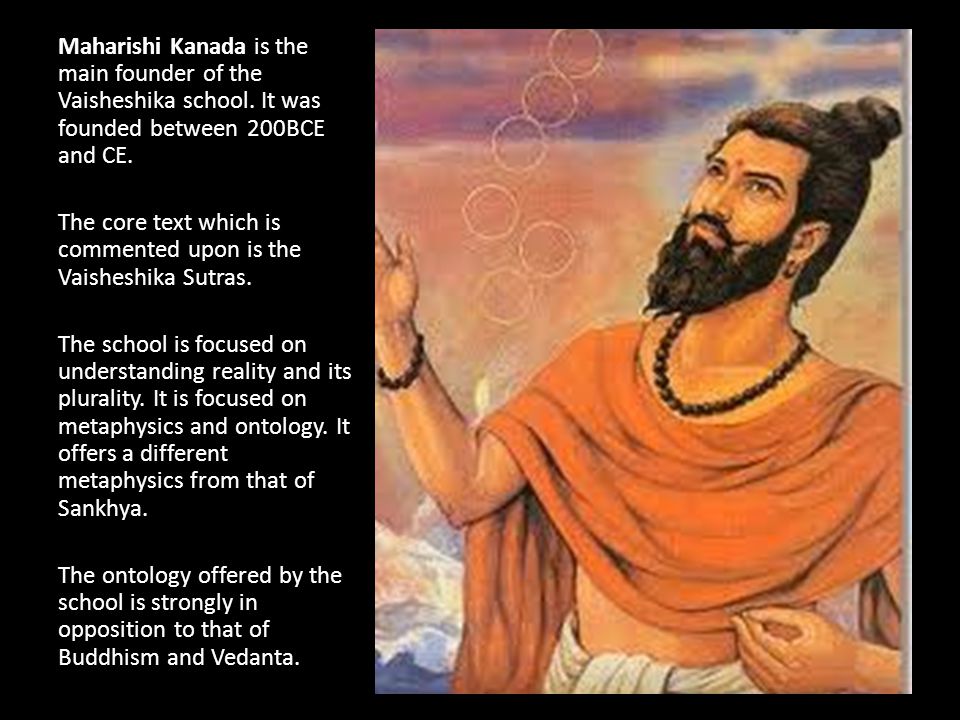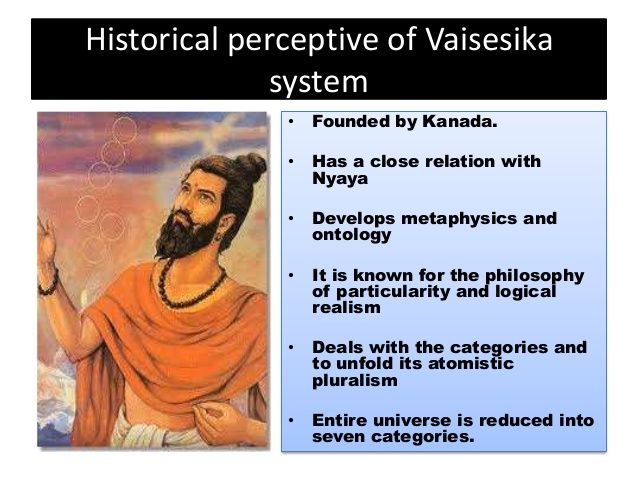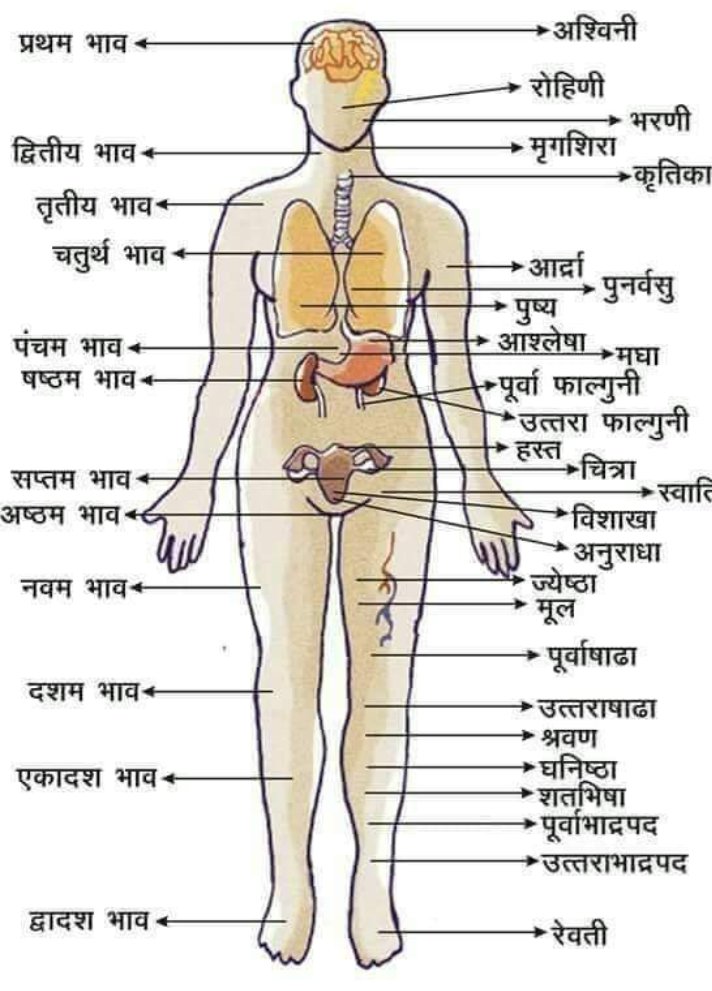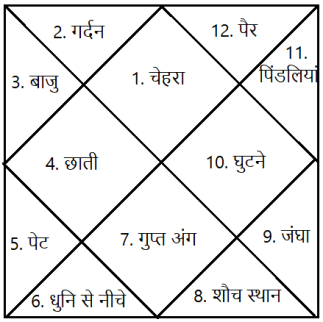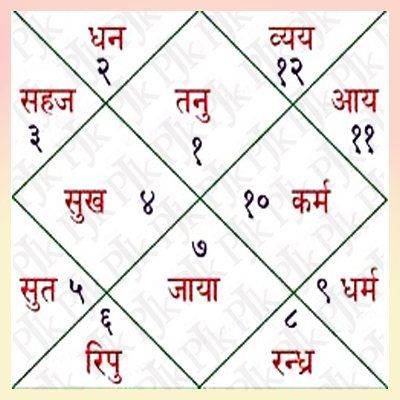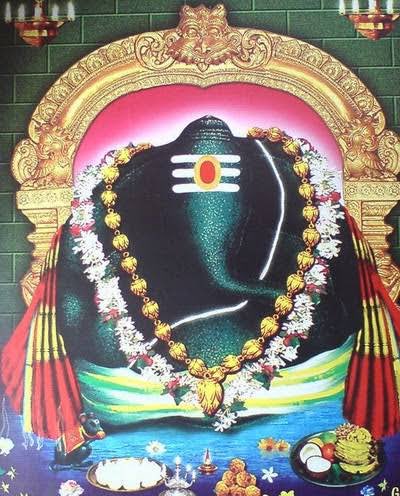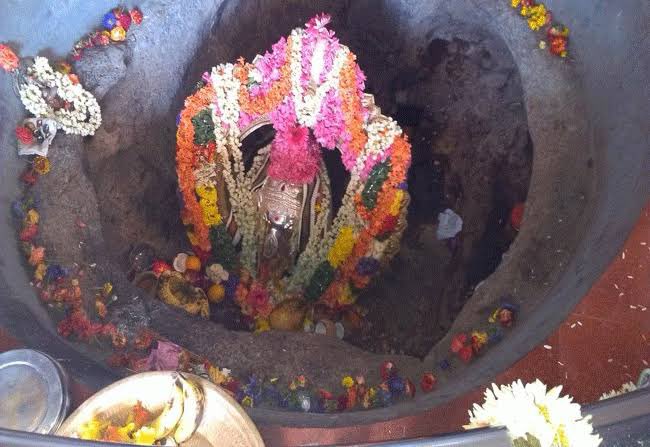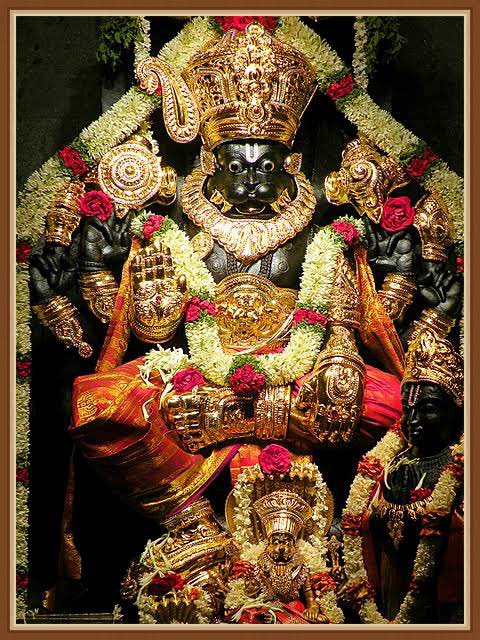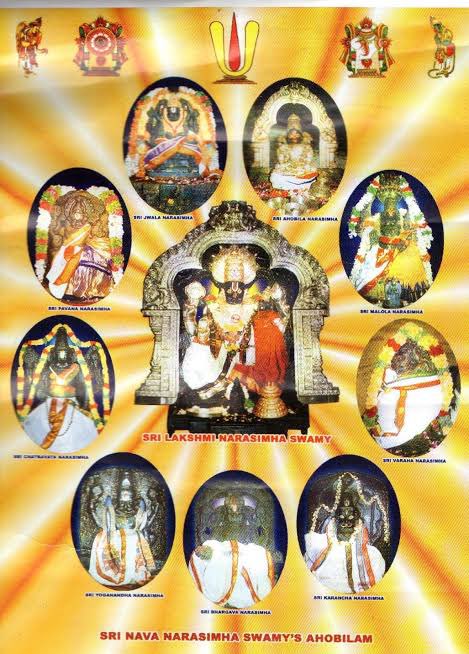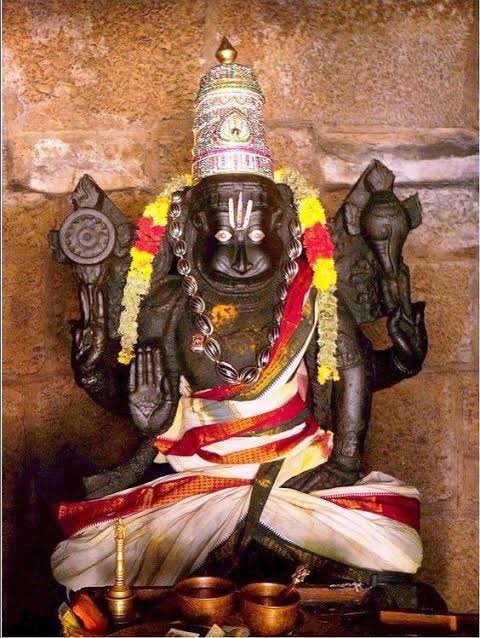When a to-do list is filled with tasks of varying levels of urgency and importance, how do we decide which task to work on?
Researchers studied how people decide what to work on.
This is interesting...

When a to-do list is filled with tasks of varying levels of urgency and importance, how do we decide which task to work on?
I. Important tasks that are urgent.
II. Important tasks that are nonurgent.
III. Unimportant tasks that are urgent.
IV. Unimportant tasks that are nonurgent.
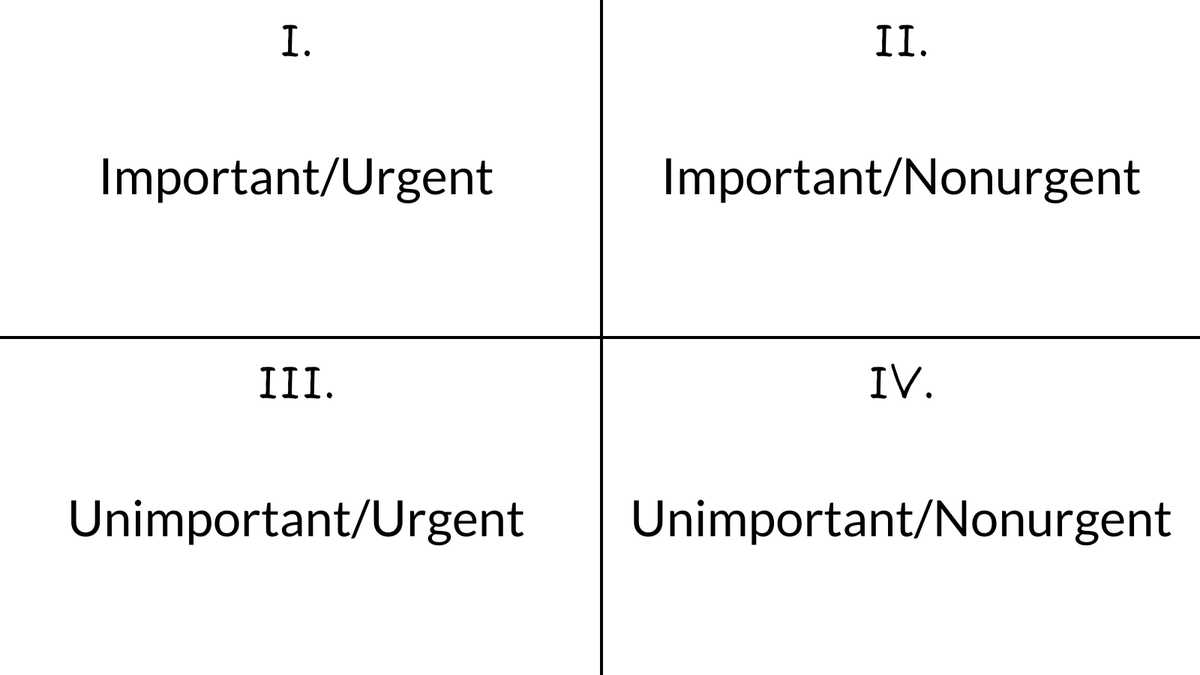
"We demonstrate that people are more likely to perform unimportant tasks [that are] merely characterized by spurious urgency."
They call this tendency to prioritize Category III tasks, “The Mere Urgency Effect.”

"The limited time frame embedded in urgent tasks [diverts] focus away from the magnitudes of task outcomes."
Essentially, time pressures cloud our thinking of what is important and what isn't.
"Chronically paying more attention to task expiration time, [they] choose lower-payoff tasks more often when these tasks are merely characterized by urgency."

"[It] was attenuated when the magnitudes of task payoffs were made salient at the moment of task choice."
The researchers suggest: "shift attention away from task completion windows to task outcome magnitudes."
Researchers demonstrated we have a tendency to prioritize what is urgent over what is important.
"The Mere Urgency Effect leads" us to sacrifice what will be most beneficial in the long term in order to focus on unimportant tasks with shorter completion windows.
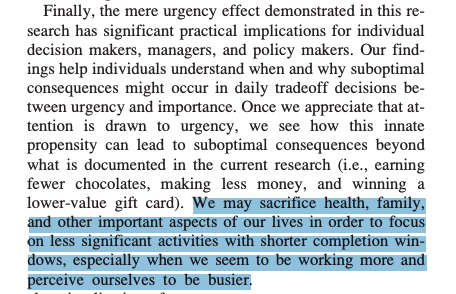
Follow @bpoppenheimer for more content like this!
More from All
You May Also Like
Took me 5 years to get the best Chartink scanners for Stock Market, but you’ll get it in 5 mminutes here ⏰
Do Share the above tweet 👆
These are going to be very simple yet effective pure price action based scanners, no fancy indicators nothing - hope you liked it.
https://t.co/JU0MJIbpRV
52 Week High
One of the classic scanners very you will get strong stocks to Bet on.
https://t.co/V69th0jwBr
Hourly Breakout
This scanner will give you short term bet breakouts like hourly or 2Hr breakout
Volume shocker
Volume spurt in a stock with massive X times
Do Share the above tweet 👆
These are going to be very simple yet effective pure price action based scanners, no fancy indicators nothing - hope you liked it.
https://t.co/JU0MJIbpRV
52 Week High
One of the classic scanners very you will get strong stocks to Bet on.
https://t.co/V69th0jwBr
Hourly Breakout
This scanner will give you short term bet breakouts like hourly or 2Hr breakout
Volume shocker
Volume spurt in a stock with massive X times




